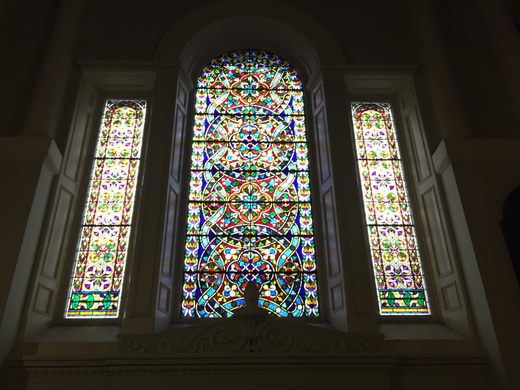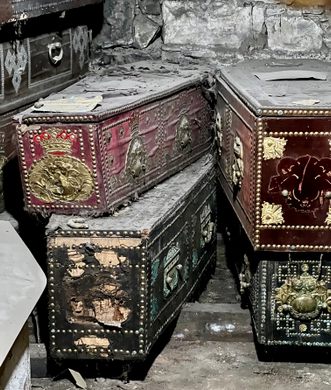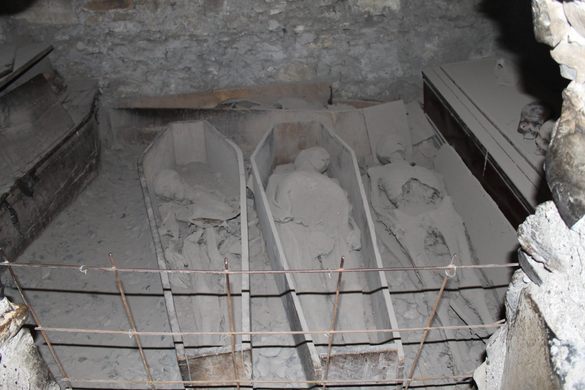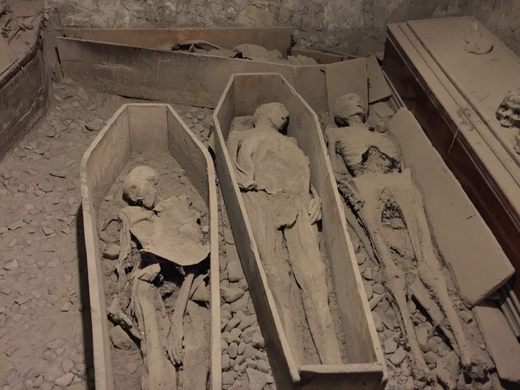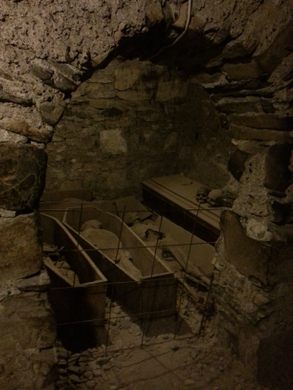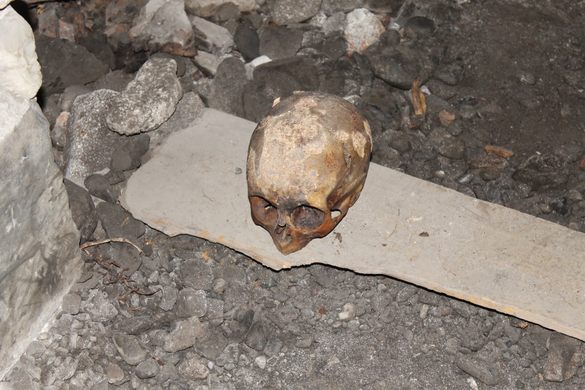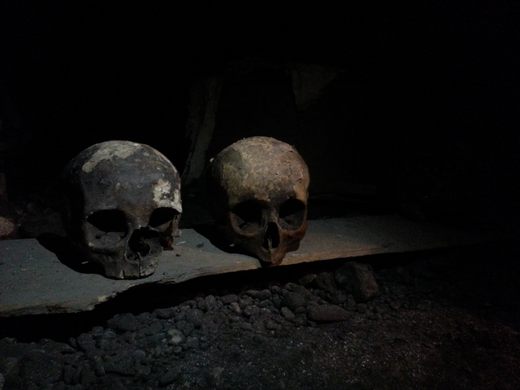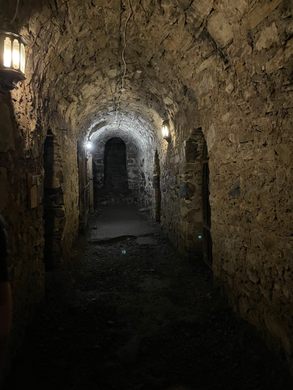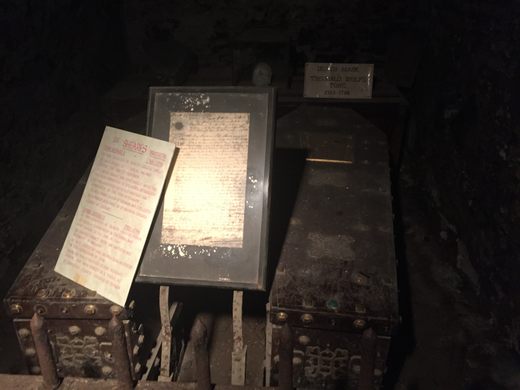
1
St Michan's Church of Ireland
St Michan's Church of Ireland

The Ultimate Guide to Scattered Body Parts
"Down a set of dimly lit narrow stone steps, in a vault underneath the church, lay dozens of coffins, and one mummy ready to shake your hand. The mummies in the basement of St. Michan’s church in Dublin, Ireland, are really only available for viewing because of a loophole in the rules of the church. St. Michan Church has an interesting history even without the mummies. The foundation of the church was built in 1095 to serve the ostracized Vikings, who were still in Ireland after the rest had been killed or kicked out by Wolf the Quarrelsome and other Irish forces in 1014. The church was rebuilt in 1686, and a large pipe organ was installed in 1724, on which Handel is said to have first played the Messiah. But all along, as the church changed, the crypt stayed the same: slowly mummifying all that lay within it. There are a number of theories as to why the corpses in the basement have been preserved over time. One is that the basement contains limestone, making the basement particularly dry and therefore good for mummification. Another is that the church was built on former swamp land, and that methane gas is acting as a kind of preservative of the bodies. Other theories involve the presence of oak wood in the soil, or the building materials used in the church. Regardless of the reason, whatever is preserving the mummies is also disintegrating their coffins. After a certain amount of time, the wood falls away and a well-preserved mummy comes tumbling out. This is where the loophole comes in, for though it would be inappropriate for the Church to break open caskets looking for mummies, when the mummies reveal themselves, so be it. The mummies have indeed revealed themselves. While there are caskets strewn about and in small nooks in the wall—some coffins are falling apart enough to reveal an arm or leg—the most visible mummies are “the big four,” four mummified corpses which have no lids on their coffins and are displayed together. On the right is, a woman, simply called “the unknown,” and well, there isn’t much more to say about her. The middle one is known as “the thief” and is missing parts of both feet and a hand, some say the hand was cut off as punishment. It is believed the “thief” later converted and became a priest or respected man, which is why he is buried in the church. (Or possibly, he was never a thief at all and lost the hand in some other way…) Next to him on the left lies a small woman, thought to have been, and known as, “the nun.” But the true star here is the coffin set apart from the others and belonging to an 800-year-old mummy called “the crusader.” Though it may be apocryphal, it is believed that he was a soldier who either died in the crusades or returned and died shortly thereafter. (This assumes that these were the fourth crusades, the only ones that match with a date of 800 years old. Curiously, the fourth crusades turned into a kind of piratical free for all, ending in the sacking of Constantinople, without the permission of the church. The Crusader was quite tall for the time, six and a half feet tall, a giant back then, and his legs have been broken and folded up under him to fit him into his small coffin. His hand stretches out of the casket slightly and visitors were once encouraged to give it a shake. The crypt also holds the coffins of the Sheare brothers who were executed by the British—and as was discovered recently drawn and quartered as well—for the Rising of 1798, as well as mathematician William Rowan Hamilton, the many Earls of Kenmare, and supposedly, though others claim him too, the remains of Robert Emmet, the Irish rebel killed by the British in 1803. The crypt is said to have been visited by a young Bram Stoker, inspiring a certain morbid streak that would later serve quite well for the author. Update July 2019: In February 2019, the crypt was broken into and desecrated. The head of the 800-year-old Crusader was stolen, the nun’s body was decapitated, and another body was turned over. An Garda Síochána detained and questioned a man in relation to the desecration and theft. The head and other bones were recovered and sent to the National Museum of Ireland for safekeeping as they had sustained water damage during the commission of the crime. After undergoing special conservation at the National Museum Ireland, the skull has been returned and St. Michan’s will be open for tours again." - ATLAS_OBSCURA

Information
Crypt tours feature mummies and centuries of Dublin history
Church St, Arran Quay, Dublin 7, D07 F3P6, Ireland Get directions


